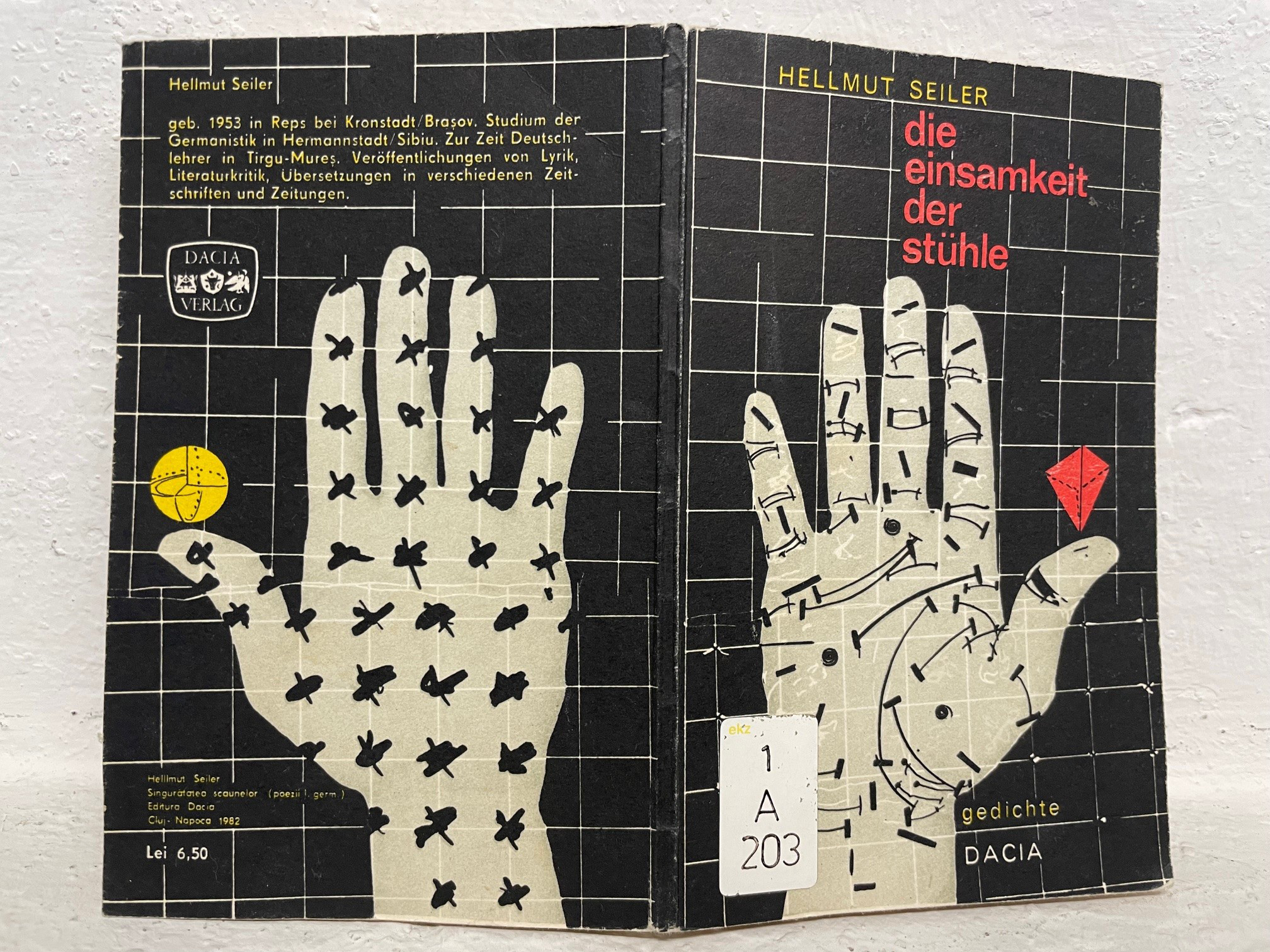German-language literature from Romania, as a unique European phenomenon, was the focus of a workshop dedicated to designing, funding, and realizing a traveling exhibition. The primary question addressed was which thematic focus would be of interest and relevance for a traveling exhibition intended to be shown in multiple Central and Southeastern European countries. German-language literature from Romania is distinguished by its particularities: it emerged from historically diverse regions and relates to areas with fluid borders, such as the Banat, Bukovina, and Transylvania. In the 20th century, German-speaking writers from these regions faced dramatic historical ruptures, during which the literary field, in the context of various collectivist ideologies, had to relinquish its autonomy and engage in complex and problematic negotiations with the political sphere. During the workshop, the exhibition concept was discussed, aiming to intertwine literary-historical, sociological, and aesthetic perspectives. It seeks to address thematic complexes such as the history of minorities, literature under dictatorship, and migration. Applications for project funding are planned for 2025, while parallel research in private and state archives will seek three-dimensional and multimedia materials.
